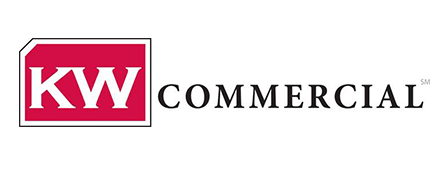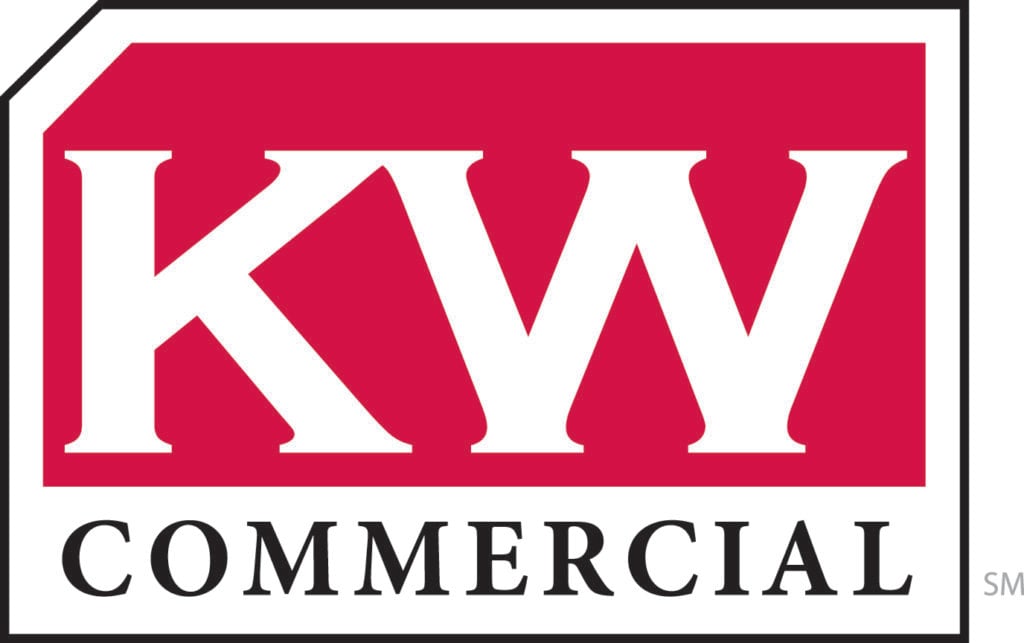As the end of Q2 approaches, it’s important for business owners to understand the shifting trends in the commercial real estate market

With inflation running at multi-decade highs and markets decidedly risk-off against the backdrop of rising interest rates, recession is top of mind. As growth begins to slow alongside persistent inflation, many fear a prolonged economic downturn and stagflation. Where does that leave real estate with markets in flux and many bracing for more pain ahead for risk assets?
Real estate is a natural hedge against inflation, meaning it can be a good place to park money in an uncertain economy. By moving money from the stock market into hard assets, investors aim to minimize the risk associated with an impending recession. Below are some of the key trends and themes to consider when looking at 2022 and beyond.
The Multi- And Single-Family Residential Market Remains Hot
Multifamily sectors have primarily recovered from the Covid-19 pandemic, reaching 4.6% vacancy rates in Q3 of 2021, the same levels as 2021 year-end`. Demographic trends show that the mass exodus from urban centers has slowed, with multifamily vacancies also returning to pre-pandemic levels in sizzling spots like New York and Los Angeles. The high price of single-family homes has resulted in an increased demand for larger rental units that can accommodate remote work. Sales of newly built homes have begun to slow as mortgage rates continue to climb. The average rate on a 30-year fixed-rate mortgage is now 5.23% last week, up from 3.1% at the start of the year according to Freddie Mac. Higher rates and still-higher prices have sidelined many entry-level consumers, buoying the rental market.
Pace Of Industrial Investment Figures To Slow
While businesses will continue to expand in the coming years, they may not be able to buy industrial properties at a proportional rate. As interest rates rise and borrowing becomes more expensive, investment activity, and spending more broadly, should decelerate. If history is any guide, consumers will spend less and large corporations will likely be more focused on preserving balance sheet flexibility as liquidity dries up. That leaves fewer buyers in a market that has experienced substantial growth due to the explosion of e-commerce and unprecedented government stimulus. Amazon has already announced its intent to pare back its investment in industrial properties and leasing activity; more e-commerce companies are sure to follow suit in the months to come as demand begins to slow.
Consider Necessity Retail
Retail shopping centers with a mix of tenants that sell essential goods anchored by a national grocery credit tenant have become increasingly attractive to institutional investors since the country reopened after the pandemic. Capitalization rates for these types of centers have continued to compress with high-priced centers trading at 5.8% and mid- to lower-tier centers priced at around 7.1% due to the type of tenant mix and grocery tenant.
This type of property has become more attractive to institutional investors because of the stable returns that these properties provided during the pandemic. Collections remained strong and vacancies stayed low. Good operators were able to negotiate the right mix of concessions to keep their tenants in place and even though online retail will always remain important, I find it will never eliminate brick-and-mortar necessity retail as confirmed by the returns created during the pandemic.
Plan Accordingly
Business owners should continue to monitor capital markets and their impacts on commercial real estate over the next 18 to 24 months. I think the residential landscape figures will remain hot as many have become forced buyers alongside substantial institutional interest, though an uncertain macroeconomic picture will apply pressure on valuations for the broader market. While inflation eats away at undeployed capital and turmoil in the markets threatens to erode years of gains, I believe real estate should prove a reliable store of relative value.




